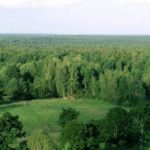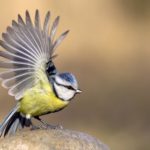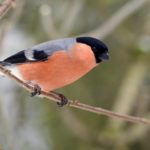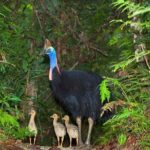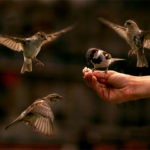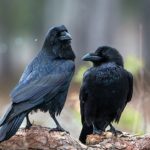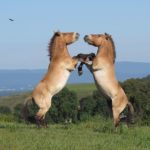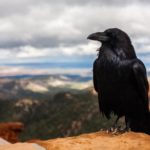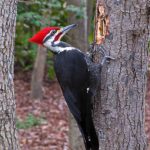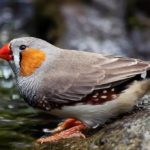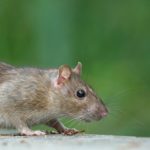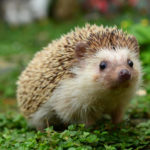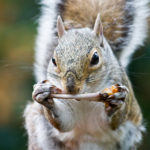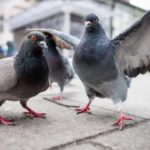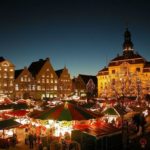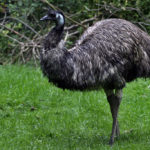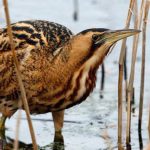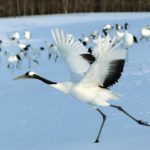Bullfinch
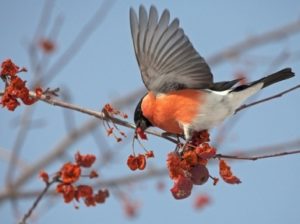 Our modern life, even in a large city, and even more so in nature, is hard to imagine without the singing of birds. For most people, bird singing is associated with spring. But this is far from the case. Even in winter, it is worth moving a little from the noisy highway to a small square, and you will hear the sounds of these tiny forest dwellers who have adapted to life in urban environments.
Our modern life, even in a large city, and even more so in nature, is hard to imagine without the singing of birds. For most people, bird singing is associated with spring. But this is far from the case. Even in winter, it is worth moving a little from the noisy highway to a small square, and you will hear the sounds of these tiny forest dwellers who have adapted to life in urban environments.
Songbirds are perfectly accustomed in modern cities.
Well, if you go out of town to some kind of forest park or just to an ordinary forest, you will see and hear that even in winter life does not stop there, and for some birds it is quite acceptable conditions in which they feel quite comfortable and even sometimes sing.
Of course, there are not many songbirds in the winter, but nevertheless they exist. In the courtyard, January and frost under 20 degrees, but in the square across the road, in sight, on the branch where the red berries were not knocked down by the wind, perched a little bird the size of a little more than a sparrow.
The black head and tail, a gray back and a bright red breast, passing to the tail in a white-pink torso, make it very noticeable on a white background of snow-covered bushes and trees. She behaves quite smartly. With a small, plump beak, it easily tears off the frozen berries and eats them in some way so that the rind and the flesh of them fall on the snow with red spots, and the seeds get to this brisk little bird. From time to time it publishes not that whistle, not that creak, sometimes turning into a short trill. Of course, you can hardly call it singing, but these sounds do not cut the ear, but rather pleasantly enliven the relative silence of the public garden. This is one of the inhabitants of the forest and park areas of the city – bullfinch.
This handsome man is a bullfinch. But the female looks less noticeable. Her modest outfit does not always betray her presence in the thick of the branches.
But in a pair of bullfinch just a sight for sore eyes.
Bullfinchs usually keep in small flocks of up to a dozen. In winter, most of the time they spend sitting on the branches of trees and shrubs, the fruits of which remain on the branches for the winter: mountain ash, viburnum, dogrose. They can eat small nuts and buds. Occasionally fly from one bush to another. They spend the night in the thick of the branches, keeping the whole flock together.
Bullfinchs nest in April. The nest is built by the female. Usually lays 4-5 eggs. One female incubates chicks without the help of a male. Perhaps that is why its color is not so catchy, so as not to attract attention.
But the male all this time feeds her and protects. Nestlings grow quickly. Therefore, while they grow up, all the worries of adult bullfinches are aimed at feeding them. A month later, the chicks grow and learn to fly. By autumn, a new school of bullfinches flaunts on the branches.
Bullfinch is a forest warbler, but he is very trusting towards people. And in hard frosts gladly accept the help of people. They are happy to eat any edible products laid out on the feeders: seeds, cereals, crackers, bread crumbs and all that is left of your table.
Do not forget that in the winter these tiny birds find it harder to get food for themselves and therefore they fly to the city for help. Do not deny them that. Having fed at least several times the birds in severe frosts, you will save their lives. And they will delight you with their unpretentious song.
